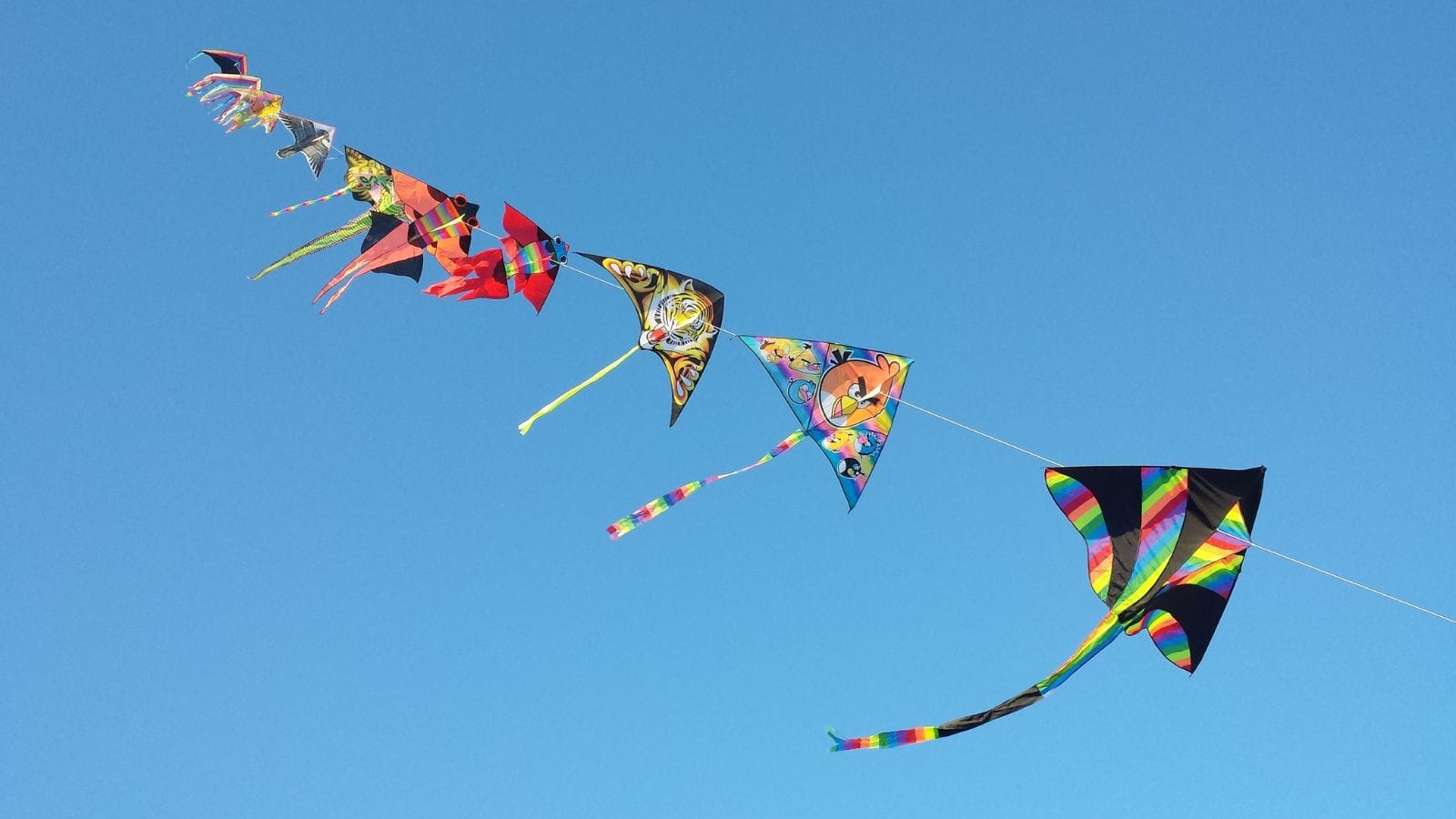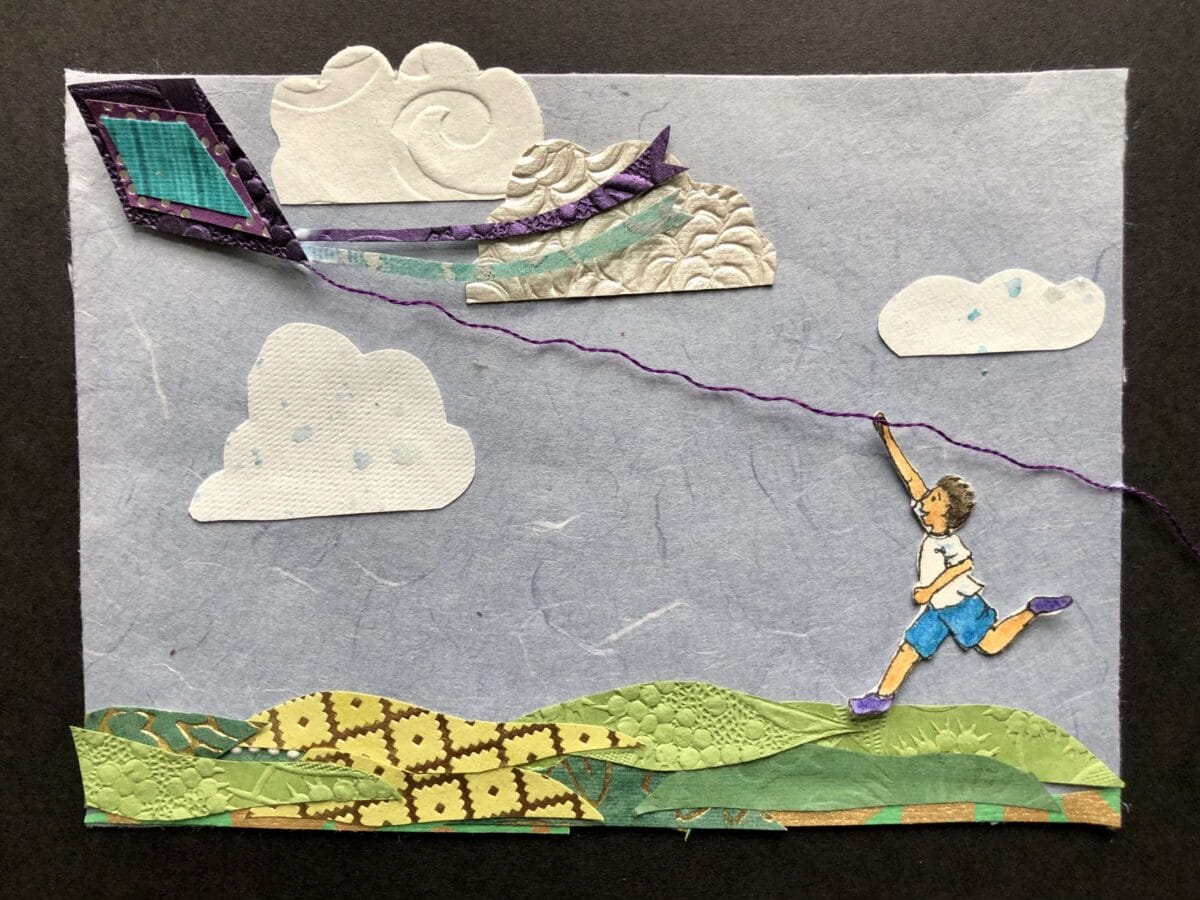September 26, 2022
By Aleta Margolis, Founder and President, Center for Inspired Teaching
Hooray for Monday is a weekly blog filled with questions, ideas, reflections, and actions we can all take to remodel the school experience for students.
You can now listen to Hooray for Monday on Spotify! Check out our podcast here.
According to psychologist Mihaly Csikszentmihaly, author of Flow: The Psychology of Optimal Experience, “Enjoyment appears at the boundary between boredom and anxiety when the challenges are just balanced with the person’s capacity to act…The best moments usually occur when a person’s body or mind is stretched to its limits in a voluntary effort to accomplish something difficult and worthwhile.”
When I taught 6th grade, I challenged my math students to build kites as part of a study of geometry. Their assessment was performance-based—their kites had to fly. And students had to use geometry to determine how high each kite flew.
One of my students, Casey, had spent much of the year struggling with math. Whenever we were working problems on paper, he spent more time and experienced more frustration and less success than most other students. In math and other classes, Casey was often teased by his classmates for his struggles.
However I could tell that Casey was fascinated with, and skilled in, engineering. He had fixed the rollers on my desk drawer and resolved the draft coming in through our classroom windows (in the middle of winter in Chicago), and I had designed this particular geometry lesson with him in mind.
Like all the students, Casey worked hard designing his kite, first estimating, then determining the exact length for each dowel, measurement of each angle, and amount of material (we used heavy-duty plastic trash bags) he’d need. He built his kite with precision, spending more time—and going through more dowels and trash bags—than most of his classmates, never quite satisfied with each attempt. After a number of days, all the students had finished their kites and were ready to put them to the test.
One windy day in early April we took over the school playground. Students paired up, one holding on to the kite string spool, and the other holding the kite, waiting for a good wind so they could toss the kite up in the air. Some kites flew on the first try. Some kites broke as soon as they left the ground, and required on-the-spot repairs. Some students discovered their kites needed a redesign, and new parts with new dimensions were attached after the first or second flight attempt.
Each time a student’s kite faltered, I was tempted to step in, diagnose, or even try to fix the problem. But I did my best to stay in the role of Inspired Teacher and, instead, allow the students to “stretch their minds and bodies to their limits” and experience the joy of solving problems on their own.

After many trials, repairs, and adjustments, every student’s kite got off the ground. Some flew briefly and close to the Earth; some flew higher and for longer. One kite soared above the others, so high that it almost disappeared in the cloudy sky. That was Casey’s kite.
Casey was beaming as he squinted up into the sky, noting that he was almost out of kite string. Other students gathered around Casey, marveling at how high his kite was flying, and asking him about his design process. When it was time to reel the kites in, Casey reluctantly began winding up his kite string. It took a long time to get the kite back, and the longer it took to wind up the string, the more joyful Casey became.
The kite activity offered Casey the opportunity to experience the kind of joy that comes from putting your talents to the test. And other students, especially the ones for whom paper and pencil math problems came easily, got to find out what it feels like when something doesn’t come easily when you have to try and fail and try again and again before you achieve your goal.
Wishing you a week of supporting your students in stretching their minds and bodies – and learning how far they can go.
Resources for Encouraging Students to Soar

Kite Construction Projects
Here are a few kite projects similar to the one described above. You’ll want to adapt these projects to the particular goals and needs of your own classroom but as we move into the beautiful weather of fall a kite project can be a great way to get students learning outside!
- GEOMETRY LESSON Flying Kites: Raising Students Sky High, Journal of the California Mathematics Project
- Kite Project: Performance-Based Learning and Assessment Task (High School)
- Design and Fly a Kite, Teach Engineering
Make Way for the Monarchs
In this #Inspired2Learn project students aren’t flying kites but they are learning how to create supportive habitats for creatures that fly: monarch butterflies! Few lifecycles are as enticing to observe in their entirety as that of monarchs and fall is the perfect time for watching butterflies make their last transformations before their migration south.
Creating with Materials
This early childhood activity creates wide open space for students to show you what they’re capable of by offering them a range of materials to do with as they wish. One of the best ways to keep students engaged (especially on rainy days) is to have them create, with whatever materials you might have on hand.


